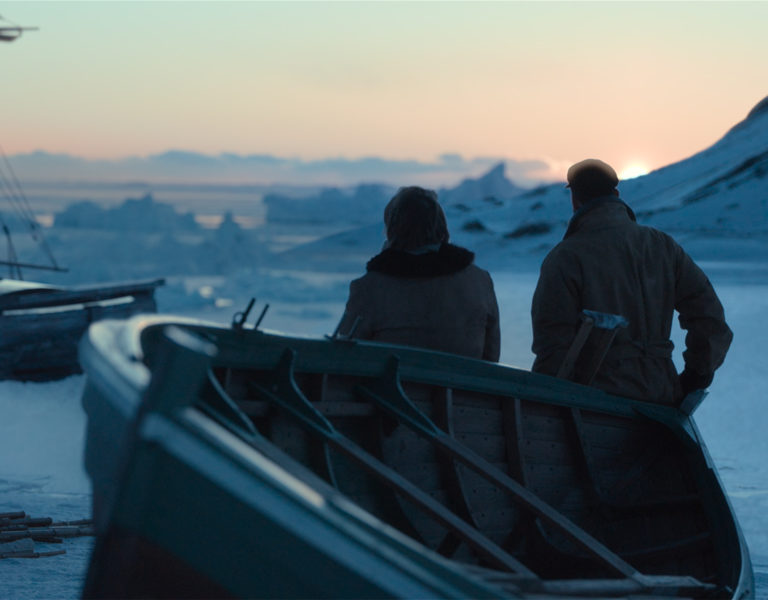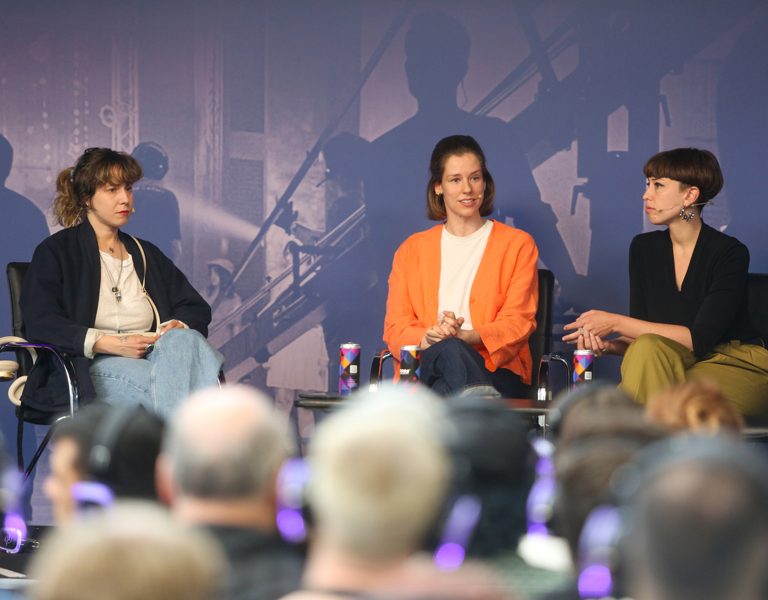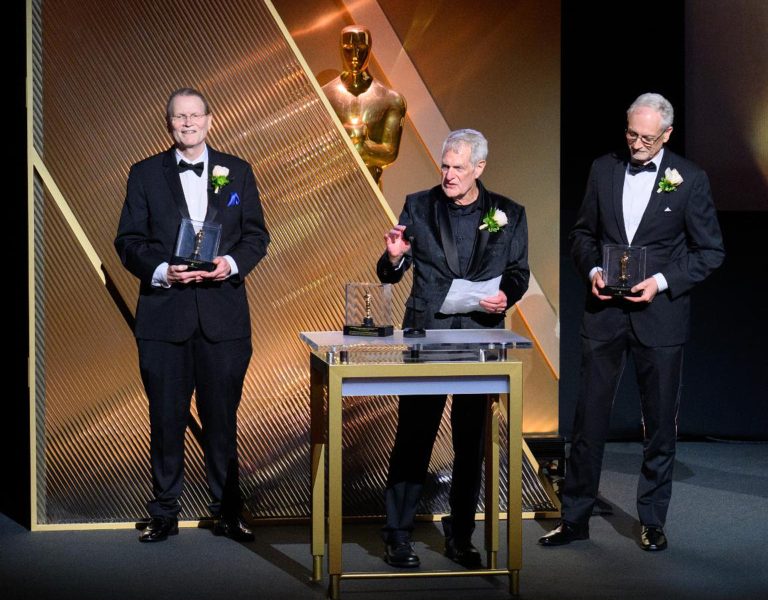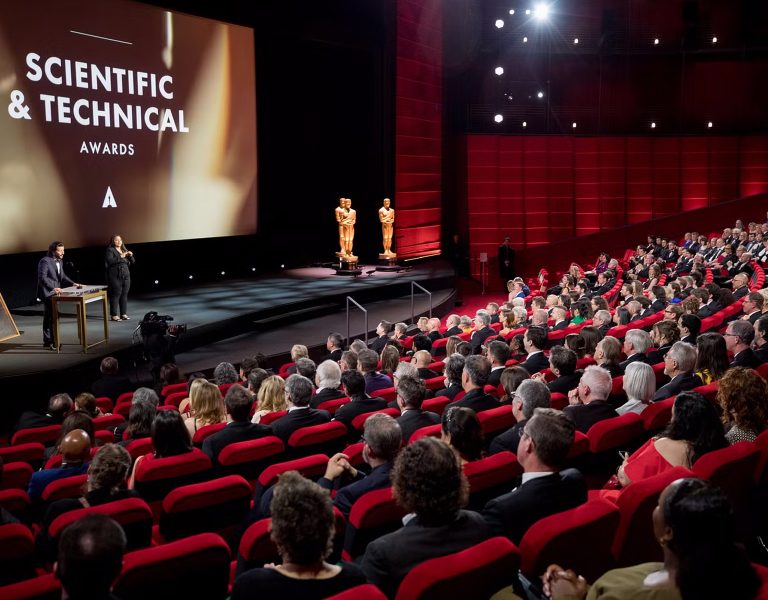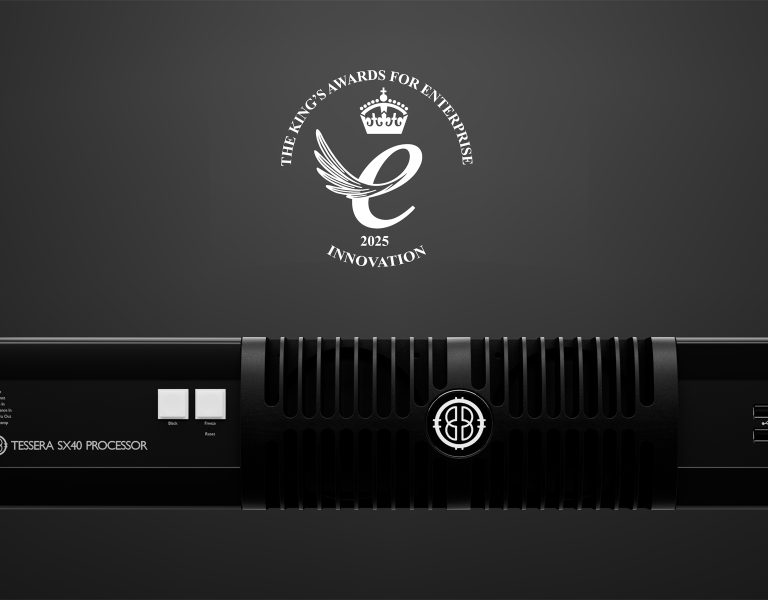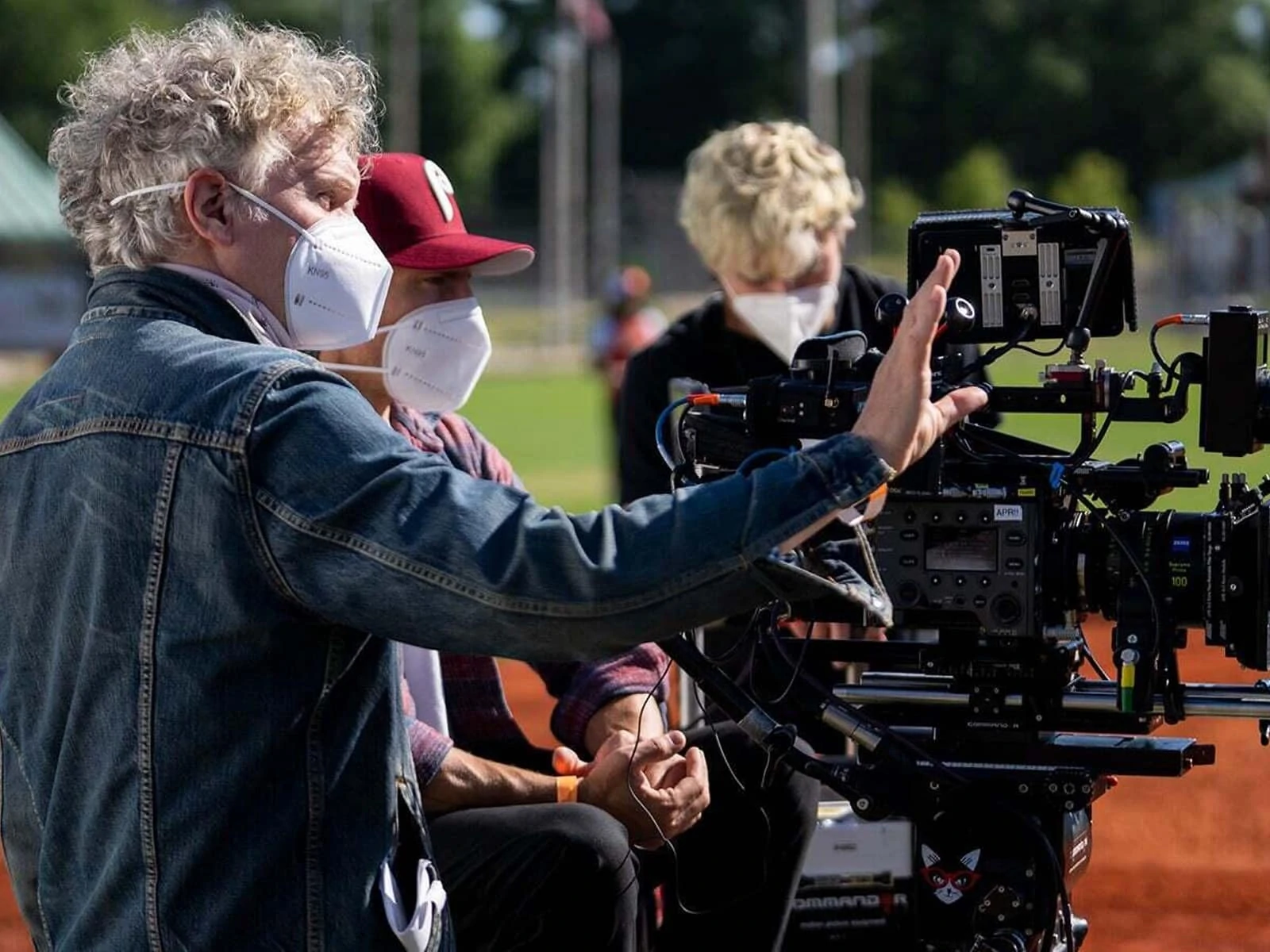
This article was shared with permission from Sony Cine.
–
Netflix’s Sweet Magnolias is a dramatic romance tale set in the South about three lifelong friends navigating their personal and professional priorities and relationships alongside one another. The hit show captures the character’s connections, family ties, redemption and dreams in stunning and vivid detail through the use of the latest HDR capture and monitoring technology, including Sony’s BVM-HX310, PVM-X series of monitors and VENICE camera.
With a cast lead by JoAnna Garcia Swisher, Brooke Elliott and Heather Headley, the storylines of each character help set the tone and look of the show, which often features the traditional light and bright exteriors typical of romance narratives, while incorporating shadows, darkness and contrast, uncharacteristic of the genre, all of which are amplified through the use of HDR imagery.
From a behind-the-scenes perspective, Sweet Magnolias features the technical talents of Tyler Blackwell, digital imaging technician (DIT), whose credits include One Night in Miami…, Ant-Man and the Wasp, and Women of the Movementamong others and Brian Johnson, director of photography, a Gemini Award nominee, a two-time Golden Sheaf award winner and recipient of two Leos, whose resume includes Olympus, The Killing and You Me Her, to name a few. As a cinematographer, Johnson uses his camera and lighting to execute the creative vision of the series, helping to determine the look of the show, emphasize the aesthetic and create emotional connections to the characters, while Blackwell assists Johnson in ensuring that his vision is maintained and the look is flawless, accurate and engineered to seamlessly make it through the post-production process.
The well-drawn and relatable characters and scenarios, as well as the dramatic plot help draw viewers in, as does the beautiful cinematography, precise colors and inspiring locations. These stunning images are captured by Johnson using Sony’s VENICE camera, while Blackwell monitors the series using a combination of Sony’s PVM-X2400 and BVM-HX310 4K HDR monitors.
As HDR comes to the forefront of productions, Blackwell explained its appeal. “On Sweet Magnolias, we’re delivering a show in SDR and HDR. My hyper-critical eyes are on every frame and having HDR monitoring on-set has been very helpful in pushing a different standardized look. We deliver in Dolby Vision, which I think is the pinnacle of HDR and provides the best viewing experience for our devoted fans.”
Another important aspect in delivering and providing that top-notch viewing experience to the audience is having the right tools. Blackwell prides himself on being proficient in the latest cutting-edge technologies, including 12G, 4K and HDR, which help contribute to his success and marketability as an in-demand DIT, and he understands that using superior solutions helps him achieve a first-class result and reputation. He said, “After some trial and error using other equipment, as well as a good deal of research and development, I found my way to the Sony 4K HDR monitors. On Sweet Magnolias, we use two PVM-X2400s on my SDR cart as well as one PVM-X2400 and a BVM- HX310 on the HDR cart in our command centre – the DIT tent.” Johnson added, “The DIT tent is pretty impressive. It has an array of Sony monitors and it truly offers the best visual representation of what we’re going to ultimately end up with.”
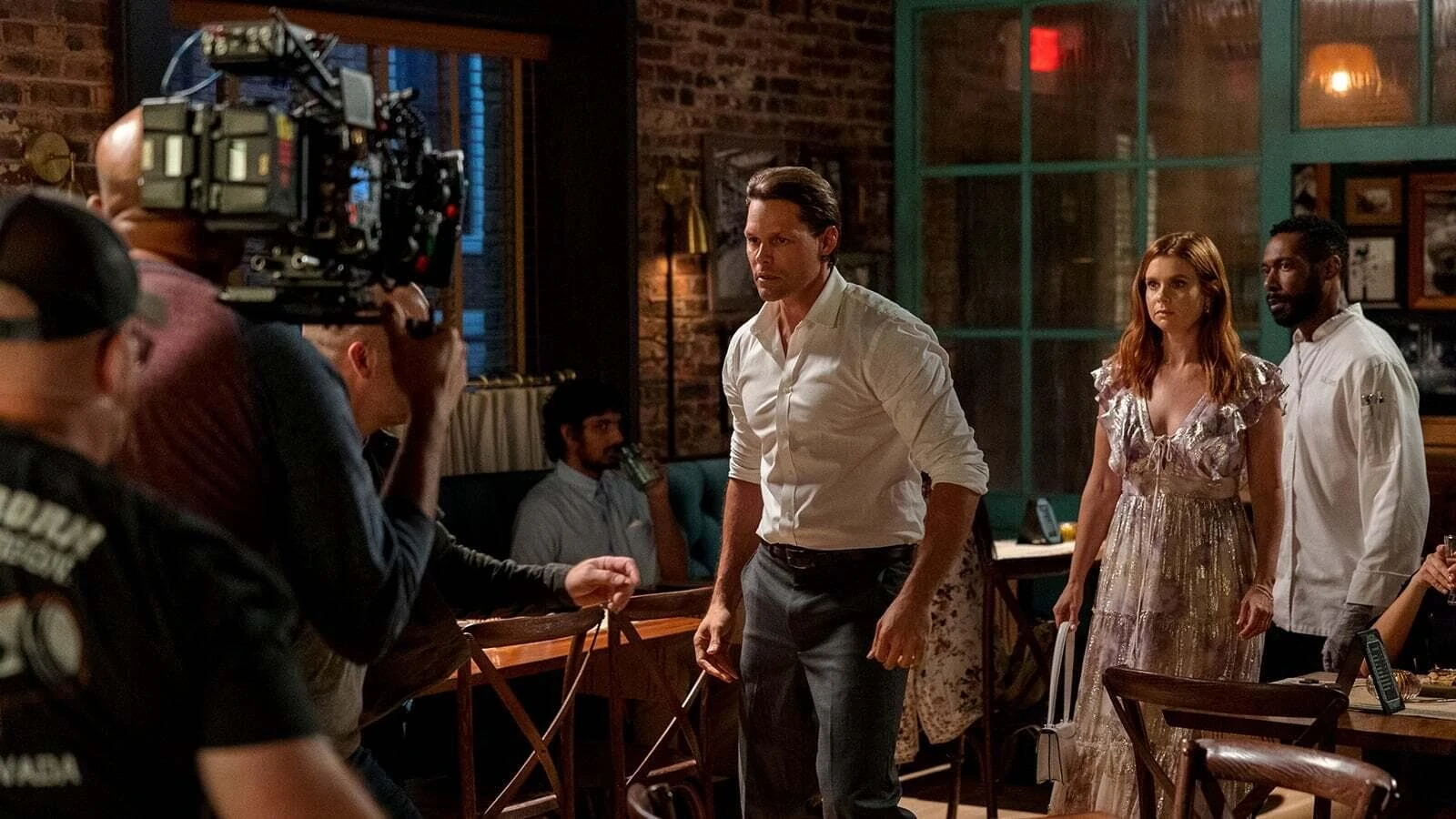
The BVM-HX310 is also used for QCing dailies. Blackwell explained, “We use the BVM-HX310 to make sure the team is comparing my stills to what they’re viewing in their environment and ensure everything is lined up and accurate to what Brian and I have created.”
For Blackwell, he zeroed in on the Sony PVM-X2400 after deciding on the BVM-HX310 in 2020. Blackwell chose Sony due to the company’s “critical” and “priceless” support and dedicated resources. He also cited the monitors’ dynamic contrast drive feature, which helps ensure content is matching to the HX310, as well as the proper viewing environments.
Since Blackwell already owns two BVM-HX310s, he recognizes the benefits of working with a primarily Sony workflow. He said, “The fact that the HX310 and X2400 are an extremely color accurate match and work well together is very important. We even had a scenario where Brian and the crew were shooting on the rooftop of a building and we brought the HX310 up so that Brian could view what was being shot in real time. Because of the size and the weight of my cart, and the facility having no elevator, rolling my cart in wasn’t an option. This is where the X2400 really shined. I was three floors down, operating the cart and relaying between Brian and myself to ensure he could match what he was looking at with what he wanted to see. I had one of the X2400 monitors in HDR mode and the other in SDR mode. Brian was monitoring upstairs in SDR on the HX310 but I was still able to have the environment that we typically have, where the HX310 is usually in HDR and the X2400 is typically in SDR mode on the cart.”
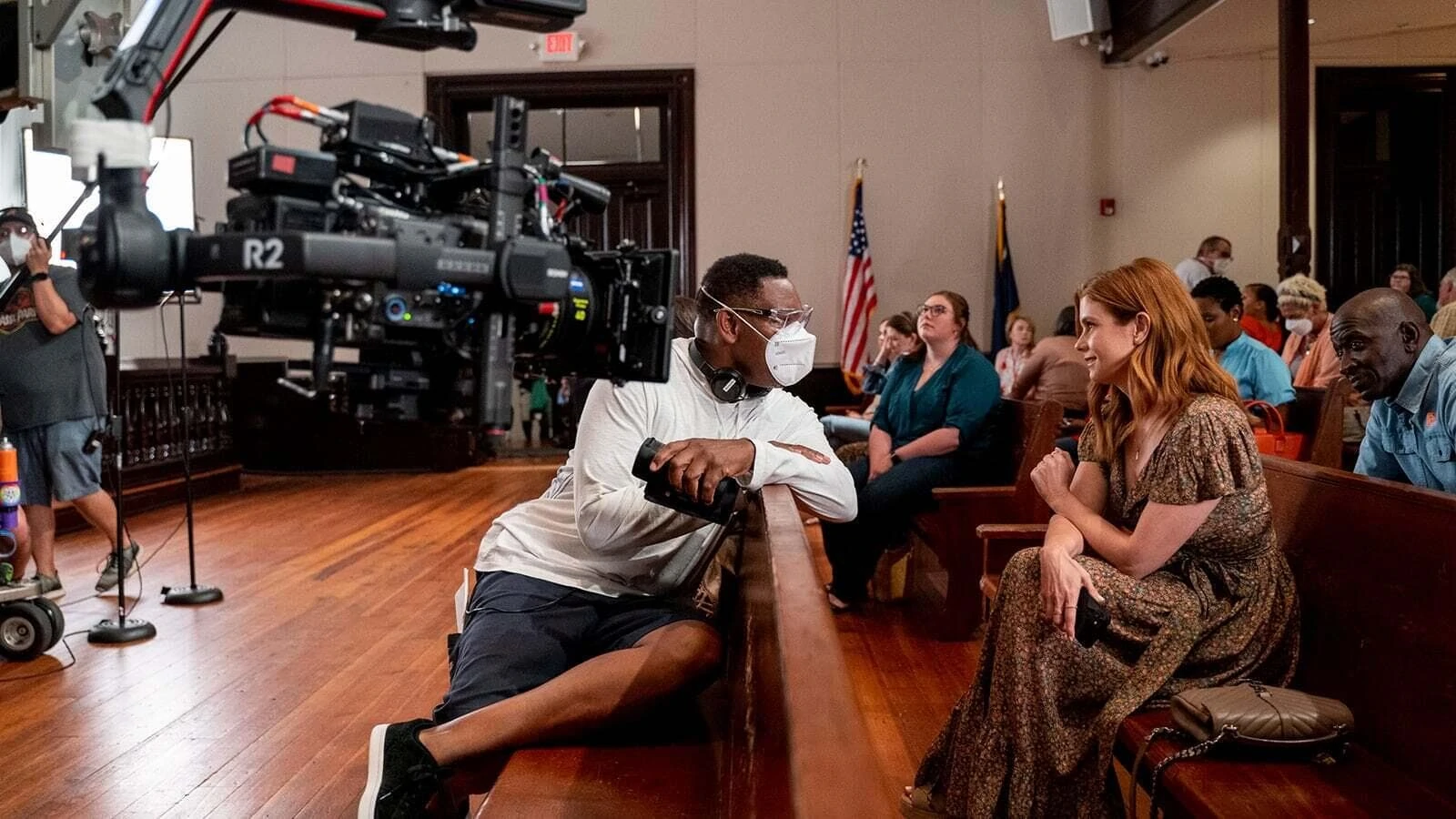
Accommodating an HDR viewing environment is also important to Johnson, despite the understanding that he’ll primarily be viewing content on the SDR monitors and many of the show’s viewers will be consuming Sweet Magnolias in SDR. He realizes there are certain situations where having an HDR vantage point helps enable his creativity and ensures the best viewing experience. He explained, “In scenarios where there’s a wider field of view or where there are multiple windows looking out, we’ll put that up on the HDR monitor to see the perceptual effect of the bright windows. Even if they’re not clipping, in HDR they can be so bright which allows us to gain perceptual information beyond any waveform information, so we can adapt our strategy to mitigate the brightness. When looking at an SDR image, you don’t always have that same insight.”
Johnson added, “I haven’t monitored in HDR on-set before, but I found it really comforting and handy to be able to, particularly when we’re getting close to a place that we feel good about the lighting in SDR. Once I check the HDR monitor, we can bring the highlights down more, if needed, or flag elements to address in post. Using the monitors allows me to know I’m in a good place with the HDR deliverable, which is invaluable.”
Additional features that Blackwell called out included the monitors’ “fantastic” multiple channel setups. “It’s pretty incredible,” he said. “I haven’t gotten a chance to use all 30, but to be able to quickly move through different configurations on the monitor is awesome. Then I use the quadrant view to set an HDR and SDR next to each other.”
Another benefit of using Sony monitors on the set of Sweet Magnolias is the seamless collaboration and streamlined workflow they provide with the VENICE camera employed by Johnson. In addition to the impact of the lens, Johnson uses a LUT that he deems “idiosyncratic” and “absolutely key” to creating a distinctive look for the show, which is well represented by the monitors.
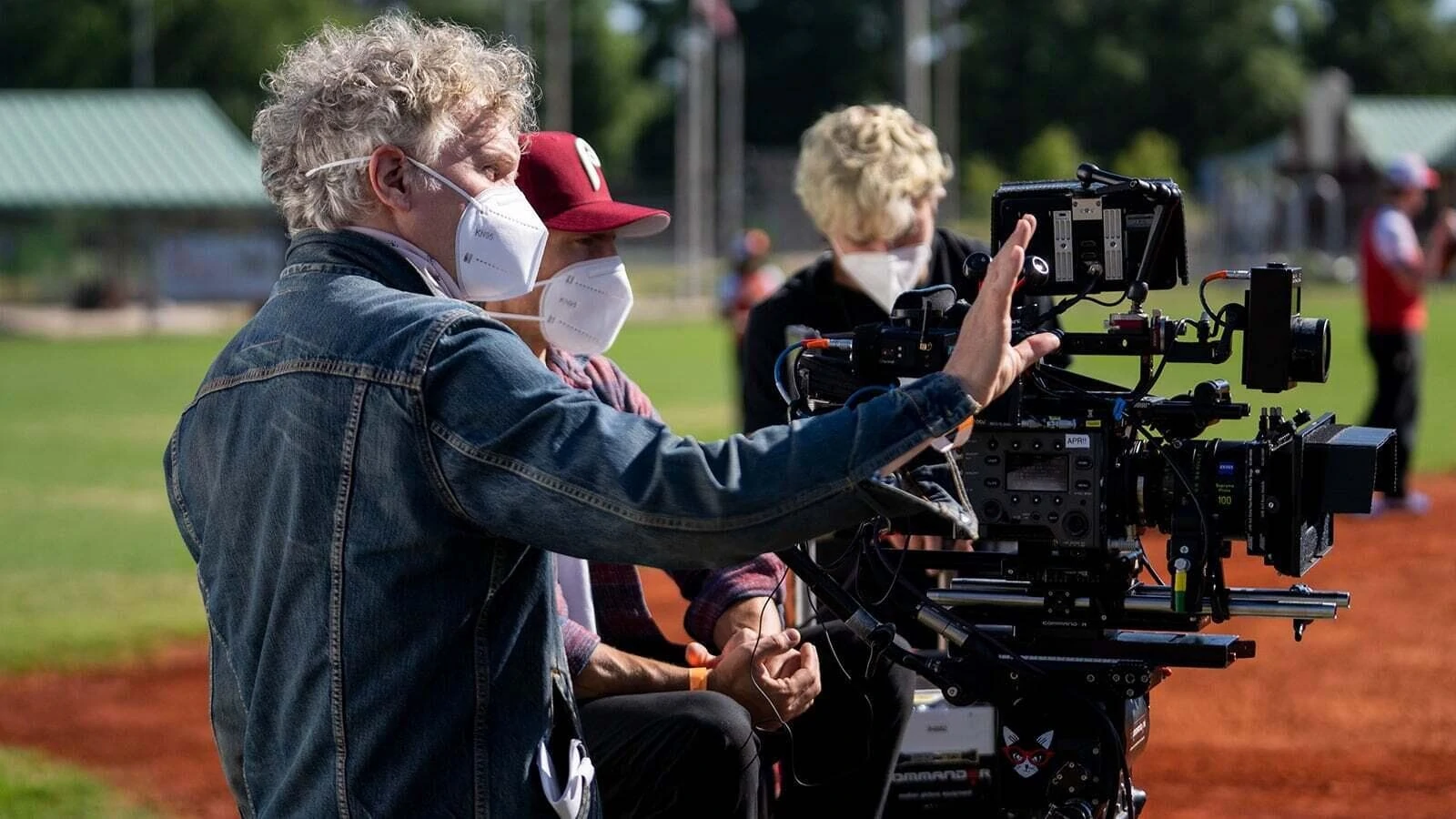
But that isn’t the only advantage to shooting with VENICE. Johnson, who first used the camera to capture Sweet Magnolias in 5.7K, 16:9, remarked he was “really happy with VENICE’s representation of contrast and color.” He initially gravitated toward the camera due to its ability to meet Netflix’s capture requirements and its “super awesome” large format sensor.
Johnson noted, “I knew that on this project, we were going to want to limit the depth of field as much as possible on stage, so I was really keen to go with a large format sensor. It worked out that the VENICE was our best candidate and aligned with our budget. I had obviously read a lot about the VENICE and some of my colleagues had shot on it and had really great experiences. I was curious and excited to work with VENICE, and it’s proven to be an awesome camera. It won’t be the last time I use it, for sure.”
Additional benefits of VENICE that Johnson mentioned include its size and the quick and easy accessibility of settings. He added, “This is a real cinema camera. My team changes the ISO a lot and we love the internal ND function, which we use constantly, and that all of the functions are right there for the assistants. Additionally, the camera’s small and light enough that we’ve built it on the Ronin very successfully, which has been great.”
From Blackwell’s DIT perspective, he also appreciates the VENICE. He explained, “To be able to work with a piece of technology that can see more color than the human eye is pretty inspiring. To know that we have as much as what we can perceive on set to work with is incredible. In addition, from a technical standpoint, the ISOs we’re using enable us to make sure that we’re maintaining shadows or maintaining highlights depending upon the scene and the lighting environment that we’re in.”
Blackwell also pointed to the use of ART files, a technology that provides bit-level accuracy when utilizing a 3D LUT for on-set monitoring and improves image integrity for critical viewing applications. He found that ART extensions provide the camera operators and assistants with insight, even when Blackwell’s not on-set due to COVID restrictions. He explained, “Being able to leave Brian and leave the department with a camera that’s outputting the show LUT in an ART was critical for Brian to be able to continue doing his job without someone like me there keeping an eye on things.”
As Blackwell and Johnson look to the future, they recognize using state-of-the-art equipment, including Sony’s HDR monitors and VENICE camera, helps usher in a future where HDR is the expectation while solidifying the show’s legacy. Johnson concluded, “I can only assume that one day, all monitors will be HDR, and keeping an eye toward that, we’re increasing the shelf life of Sweet Magnolias through our use of cutting-edge technology.”
Sweet Magnolias is streaming now on Netflix.
–
This article was shared with permission from Sony Cine.

